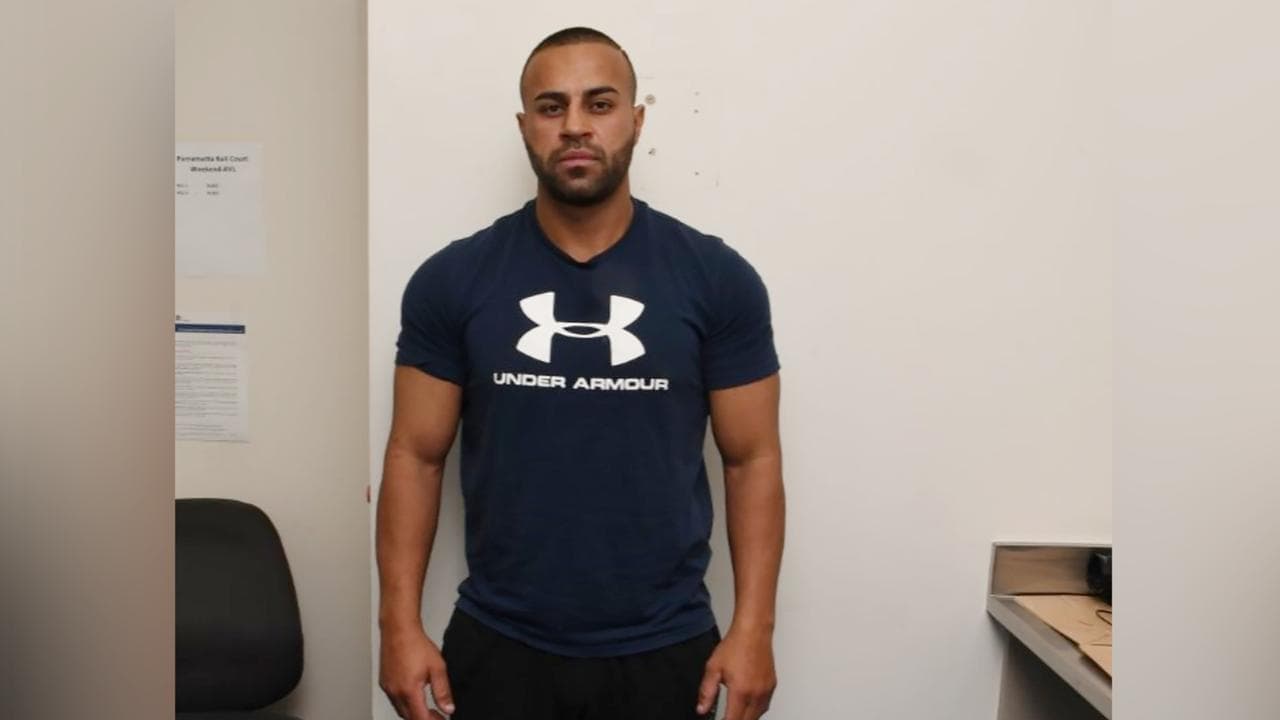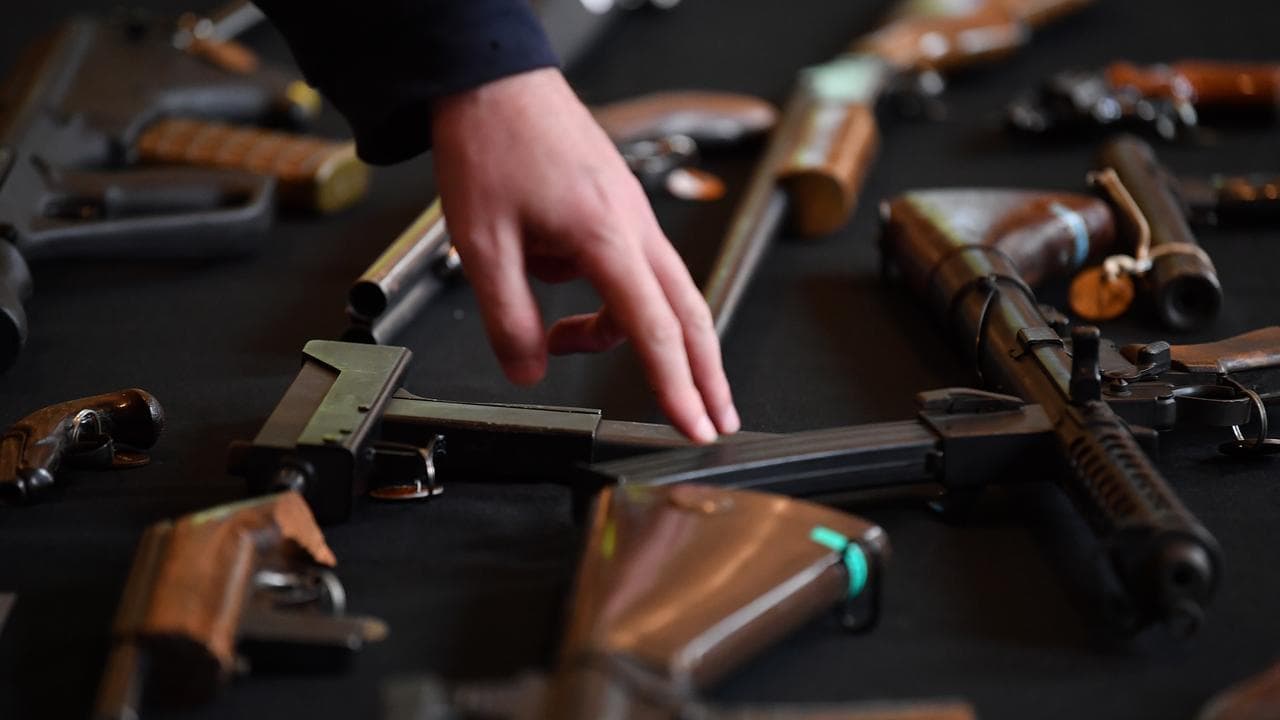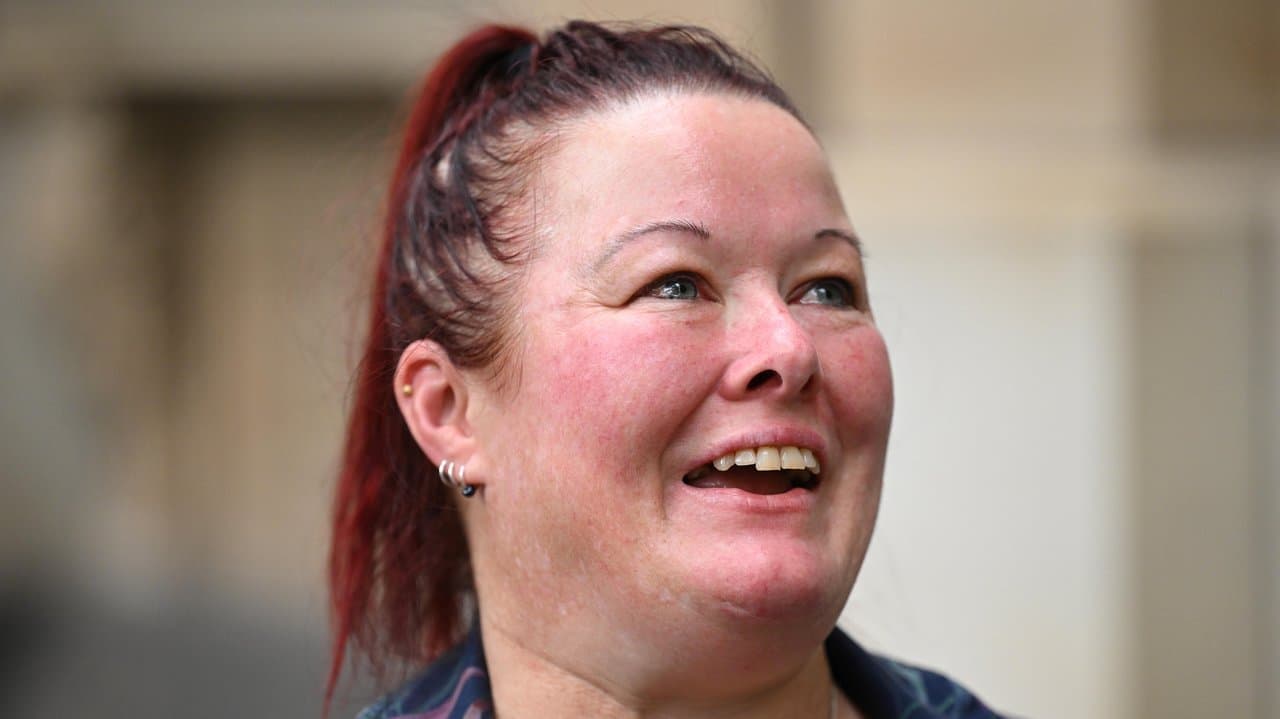WHAT WAS CLAIMED
A NSW ‘teacher shortage’ is being fuelled by 13,699 staff who can’t enter the classroom because of inadequate COVID-19 vaccination statuses.
OUR VERDICT
Misleading. The figure mostly consists of inactive teachers who haven't updated and aren’t required to update their vaccination status. Almost 95 per cent of active NSW teachers are vaccinated.
One Nation MP Mark Latham claims a NSW "teacher shortage crisis" is being fuelled by the inability of 13,699 teachers to step foot in the classroom due to their inadequate COVID-19 vaccination status.
However, the claim is misleading. The figure appears to consist mostly of 11,442 "inactive" teachers who have not informed the NSW Department of Education about their vaccination status. The department says inactive teachers are not required to provide evidence of vaccination until they accept employment with a school.
A department spokesman told AAP FactCheck the claim is "inaccurate and deceptive". Almost 95 per cent of active NSW teachers have been double vaccinated.
The claim originated in a May 27 tweet from Mr Latham which says: "The latest data shows that 13,699 teachers on their payroll system are not allowed to teach because of inadequate vaccination status. That's your NSW teacher shortage crisis right there."
At the time of writing, anyone working in a NSW school must provide evidence they are double vaccinated against COVID or medically exempt.
In a second tweet, Mr Latham said his figure of 13,699 was drawn from a NSW Centre for Education Statistics and Evaluation (CESE) review of mandatory vaccination requirements for school-based staff, published on May 9.
A Facebook page, Turning Point Australia, posted a screenshot of Mr Latham's tweet on May 28, along with the comment: "A year 9 economics student understands supply & demand. Why can't our state government?"
The CESE report shows 78,535 NSW teachers were "active" on March 31, 2022, while a further 13,348 teachers were classified as "inactive" (page 7).
Active staff are defined as being "assigned to a temporary or permanent position within a school's organisational structure" (page 4).
Casual staff can also be classified as active if they are "nominated to work at a school, even if they are not seeking workdays."
To ensure compliance with NSW's vaccine mandates, all active school-based teaching staff must provide evidence of their vaccination status in the department's Vaccination Attestation and Confirmation System (VACS) database (page 6).
Inactive staff are defined as casual or temporary workers (CESE report page 5) not currently assigned to a position at a school (page 10).
Inactive staff have been able to add their vaccination status to VACS since January 27, 2022, but are not required to unless they intend to return to active employment (page 5).
Mr Latham's initial tweet made no distinction between active and inactive teachers when citing his 13,699 figure.
The following day he replied to his tweet, adding: "In desperation on 27 January the Dept reactivated the accounts on inactive teachers, trying to fill the 2022 teacher shortages. Many thousands did not attest any vaccination status."
The CESE figures show a stark difference in vaccination statuses between active and inactive staff.
According to the report, 74,539 active teachers (94.9 per cent) were fully vaccinated by March 31, while 378 (0.5 per cent) were either partially vaccinated or medically exempt (page 7).
A further 2937 active teachers (3.7 per cent) were "unattested", meaning they had not provided their vaccination status. Some unattested active teachers were on parental leave or other forms of extended leave (page 8).
In contrast, the vast majority of inactive teachers (11,442 or 85.7 per cent) had not provided evidence of their COVID vaccine status.
It is unclear how Mr Latham calculated the figure of 13,699 teachers "who are not allowed to teach", but it appears the bulk of that number are the 11,442 inactive teachers who have not provided evidence of vaccination.
According to AAP FactCheck's calculations, 3661 active teachers and 11,583 inactive teachers would have been unable to work in NSW schools on March 31 due to not having a sufficient vaccination status. Neither Mr Latham nor the administrator of the Turning Point Australia page responded to an AAP FactCheck request for clarification of how the 13,699 figure was calculated.
The CESE report said there were "several reasons" inactive teachers may decide against updating their vaccination status in VACS, including they "may have decided to retire or are no longer actively seeking positions" (page 6).
The report also said "there is no strong evidence" to suggest large numbers of active teachers had become inactive due to school vaccine mandates.
According to the report, the number of active teachers on March 31 was 136 lower than on October 28, 2021, before vaccine mandates were introduced.
The Department of Education says Mr Latham's claim is based on a misleading use of the data.
"It is inaccurate and deceptive to say these teachers cannot teach due to 'inadequate vaccination status'. These teachers have simply been classified as 'inactive'," a spokesman told AAP FactCheck in an email.
"Only 311 permanent Department of Education staff, including 209 permanent teachers, have been dismissed for not complying with the Public Health Order since its introduction.
"This number is extremely low, and with NSW set to welcome more than 7000 new teachers this year alone, it is factually incorrect to state that vaccine mandates have contributed to a shortage in teachers."
The Verdict
The claim that there's a crisis in schools as 13,699 teachers are not allowed to teach because of inadequate vaccination statuses is misleading. The figure consists mostly of 11,442 inactive teachers who were not employed at a school when the data was collected and had not provided the NSW Department of Education with their vaccination status. They are not required to provide evidence of COVID-19 vaccinations until they accept employment with a school.
Misleading – The claim is accurate in parts but information has also been presented incorrectly, out of context or omitted.
AAP FactCheck is an accredited member of the International Fact-Checking Network. To keep up with our latest fact checks, follow us on Facebook, Twitter and Instagram.












